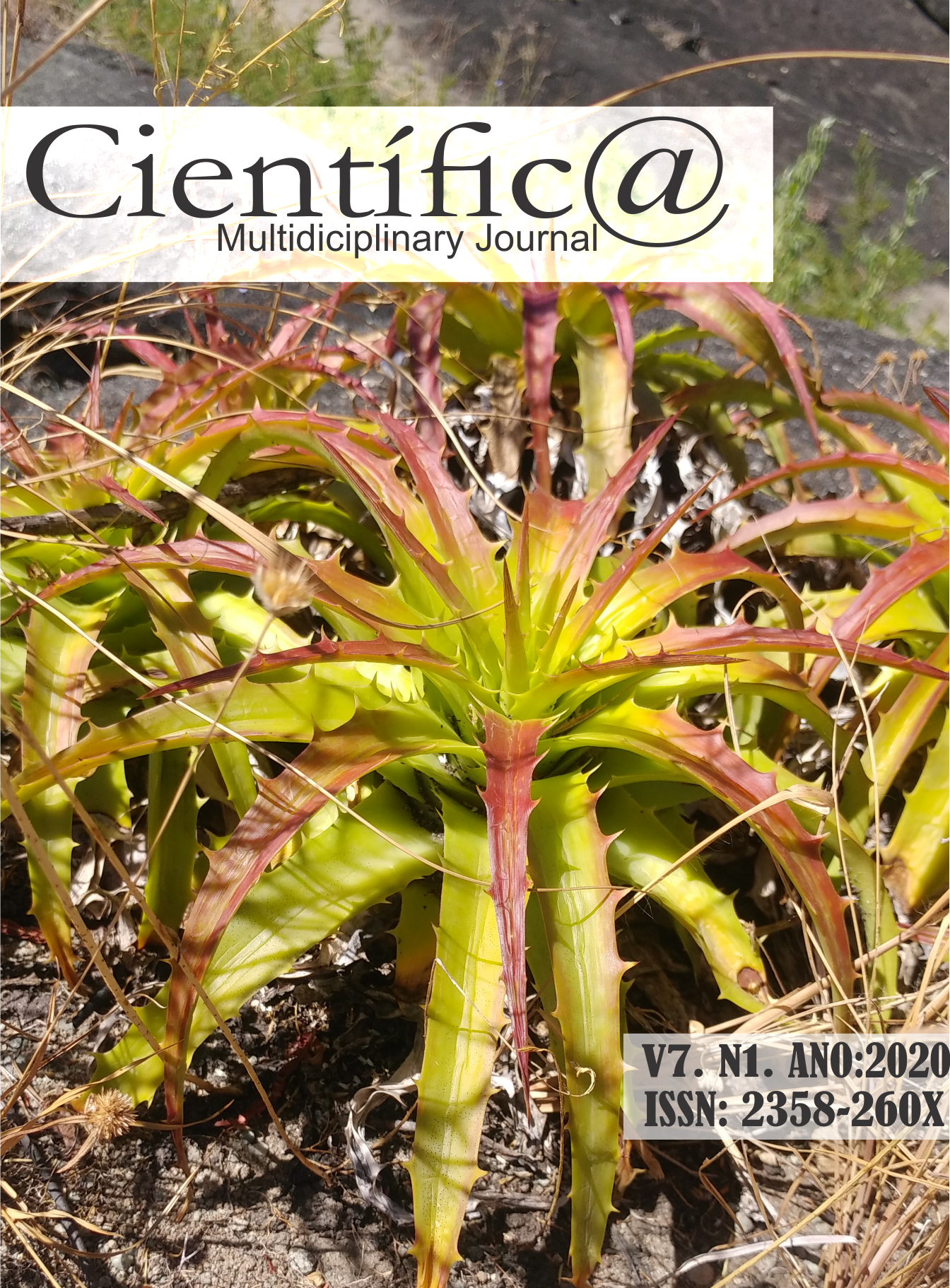AVALIAÇÃO NÃO LINEAR DOS ESFORÇOS INTERNOS EM CONÓIDES CILÍNDRICOS
DOI:
https://doi.org/10.29247/2358-260X.2020v7i1.3919Abstract
. In present architectures, a modern approach to architectures is perceived demanding trends of complex structural solutions design and the conoid is a simple geometric form that gives beauty and sophistication requirements to various buildings in this context. Obtaining the requisite efforts for sizing a concrete structure with this geometric shape is not so simple and requires advanced knowledge. Aiming to evaluate the nonlinear path of the moments and membrane stresses, this work presents a nonlinear static numerical investigation, via the finite element method (MEF), of cylindrical conoidal shells, subjected to uniformly distributed transverse loading incrementally applied along of its surface. This work illustrates the importance of nonlinear analysis to identify how the maximum stress positions, crucial for structural design, change along the load increment. Comparing the bending forces of two different geometries, one can observe the influence of different modes of vibration on the path of the topology, with prevalence of positive bending moments in the center, negative in the extremities and, in relation to the torsional efforts, its maximum concentration prevails near the Curved edges. It is observed at the beginning of the two curved edge conoid trajectory that the maximum compressed regions are not close to the straight edges, as in the single curved edge conoid. In addition, it is important to highlight the occurrence of shear stress peaks at the curved edges, since in the other locations of the shell the shear stress is less intense.
Keywords: Nonlinear analysis, Cylindrical conoidal shell, Requesting effort, Finite element method.
Downloads
Published
How to Cite
Issue
Section
License
Esta revista oferece acesso livre imediato ao seu conteúdo, seguindo o princípio de que disponibilizar gratuitamente o conhecimento científico ao público proporciona maior democratização mundial do conhecimento.
A partir da publicação realizada na revista os autores possuem copyright e direitos de publicação de seus artigos sem restrições.
A Revista Científic@ - Multidisciplinary Journal segue os preceitos legais da licença Creative Commons - Atribuição-NãoComercial 4.0 Internacional. 

